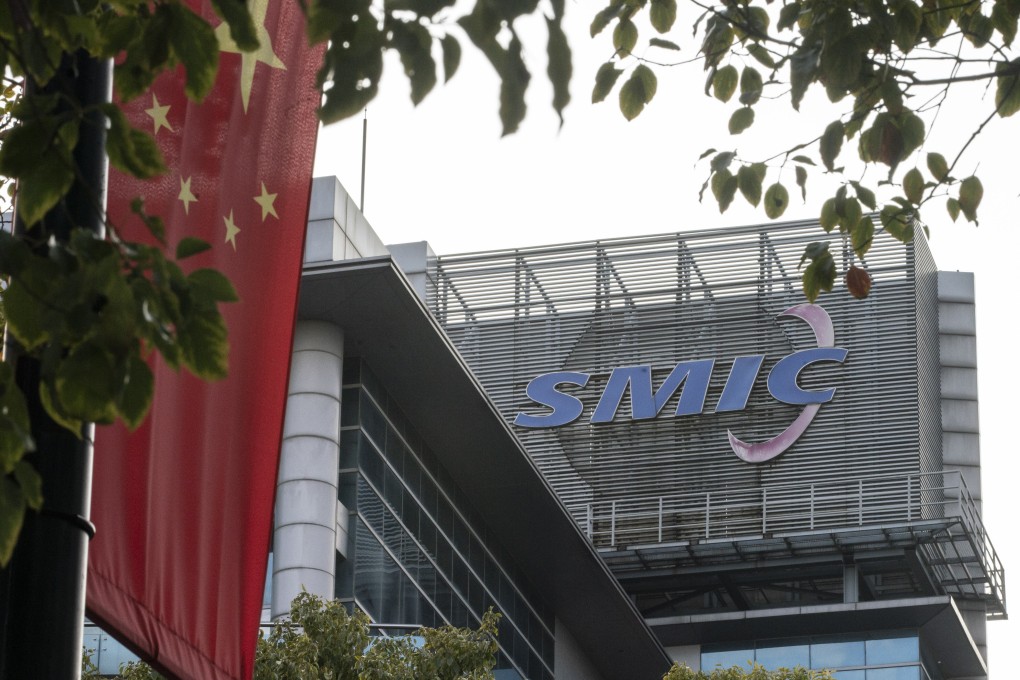2020 was a tumultuous year for China’s tech sector as US tensions loomed large for Huawei, TikTok and WeChat
- Under pressure from Washington, Beijing fast-tracked domestic semiconductor development
- Beijing pushed ahead with 5G network roll-outs, determined to take a lead in the next generation mobile technology

It was a tumultuous year for the Chinese technology sector amid rising tensions with the US and as Beijing doubled down on its goal of achieving self-reliance in strategic areas such as semiconductor development. And as 2020 drew to a close, the central government indicated there will be more regulation in 2021 as it seeks to rein in Big Tech and maintain overall economic stability.
Semiconductor shuffle
In May, the US Commerce Department intensified its restrictions on Huawei Technologies’ access to custom-made chip items produced with US-origin technologies. SMIC, which relies on US suppliers such as Applied Materials and Lam Research for equipment used in its production, said that it has always complied with US regulations and would not produce chips for Huawei.
The US government has said SMIC’s chips might be used by the Chinese military, an accusation the Shanghai-based firm has repeatedly denied. Many analysts believe Washington’s stepped up action against SMIC will further complicate its efforts to catch up with the cutting edge of leaders such as Taiwan Semiconductor Manufacturing Company (TSMC).
Pan Che